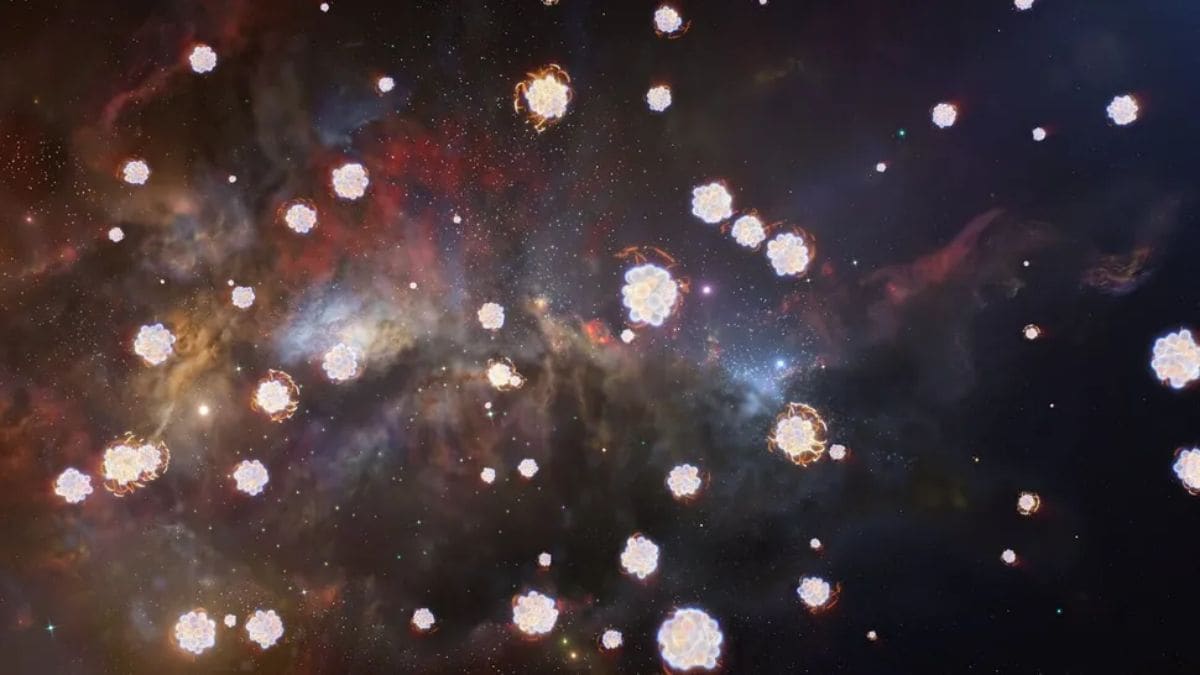For the first time, scientists have reproduced in the lab the first molecular building blocks of the universe, advancing the field of study known as carbon chemistry. Newly formed molecules, helium hydride ions (HeH+), are said to have been crucial in the creation of molecular hydrogen — the most common molecule in existence. Indeed, by permitting the formation of stars to occur even at cosmic temperatures as cold as this, these ions might have helped drive the birth of the first stars, too, and that, in turn, would call into question some of the assumptions about how fast that early star-forming process happened and why.
Recreated Helium Hydride Ions Rewrite Early Universe Chemistry and Star Formation Theories
According to a report published in Astronomy and Astrophysics, researchers recreated helium hydride reactions by cooling ions to minus 449 degrees Fahrenheit (minus 267 degrees Celsius) before colliding them with heavy hydrogen atoms. Conducted at the Max Planck Institute for Nuclear Physics in Germany, the experiment showed that reaction rates did not drop with temperature. Previous theories had predicted the contrary, that as the temperature gets lower, the efficiency of these reactions would drop off a cliff.
The results, scientists mentioned, represent a fundamental revision to decades of established notions of cosmic chemistry. Their results “invite a revision of helium chemistry in the early universe,” stated Holger Kreckel, one of the researchers, and suggest that reactions between helium hydride ions and other particles were “much, much more important for the early star formation than we thought.
The reappraisal of physicists' understanding of the ingredients of the early universe, hydrogen and helium, is underway. These elements formed molecules with electrons after the Big Bang, and helium hydride ions were building blocks for protostars to light up, even when severe temperatures prevailed.
The new approach provides a new look at the early life of stars and might kickstart new cosmic chemistry investigations by furnishing better data on efficient and early star formation.

Comments
Post a Comment